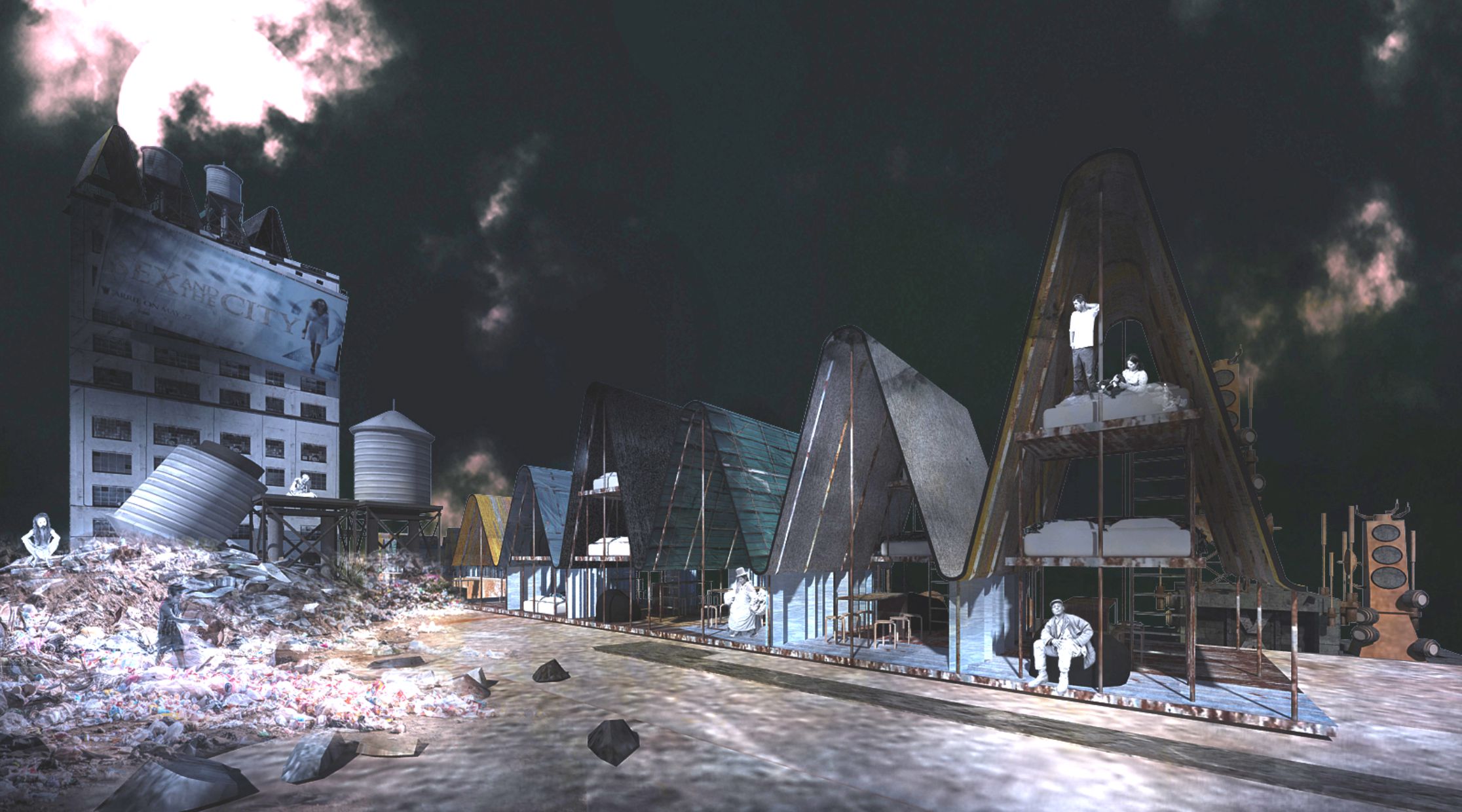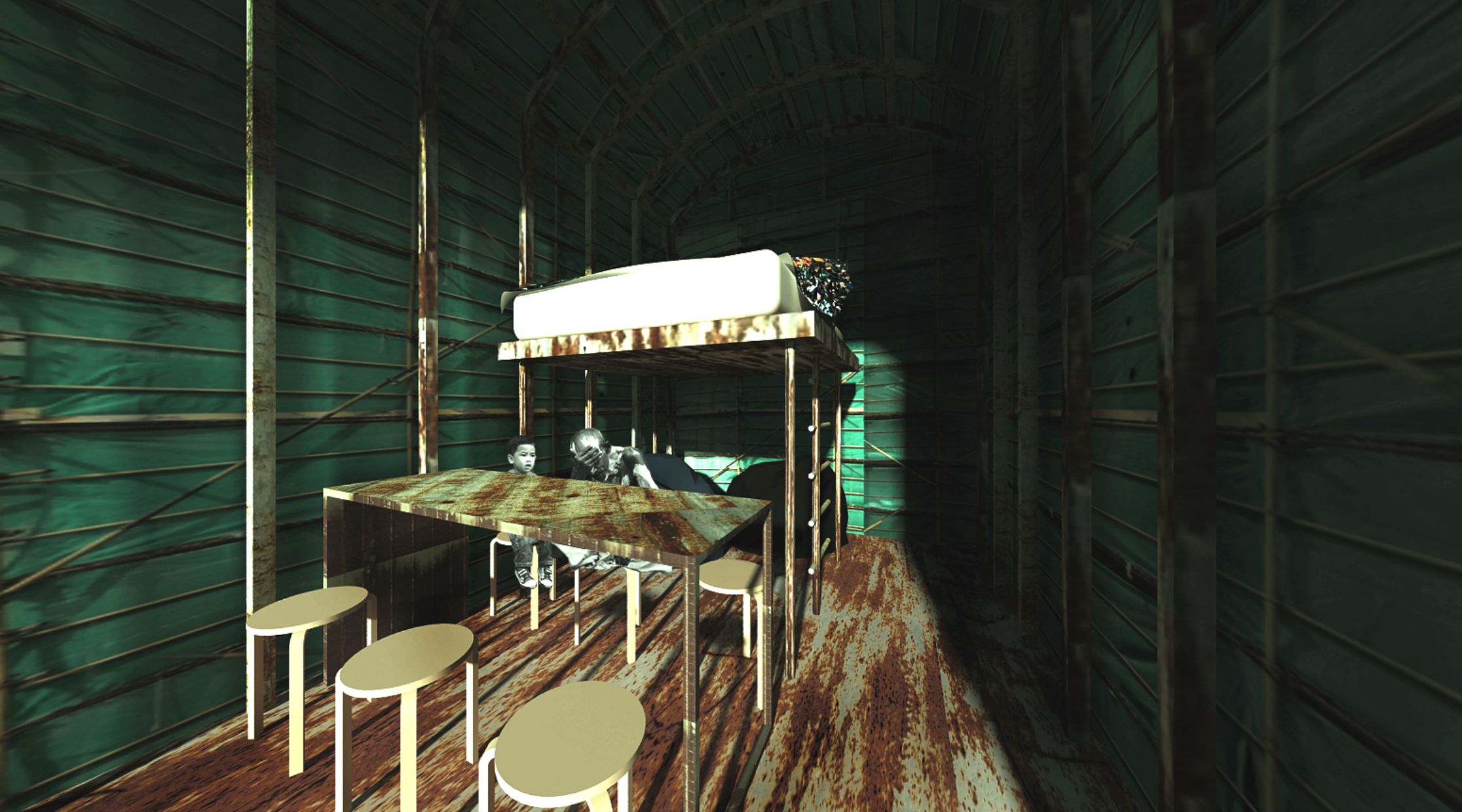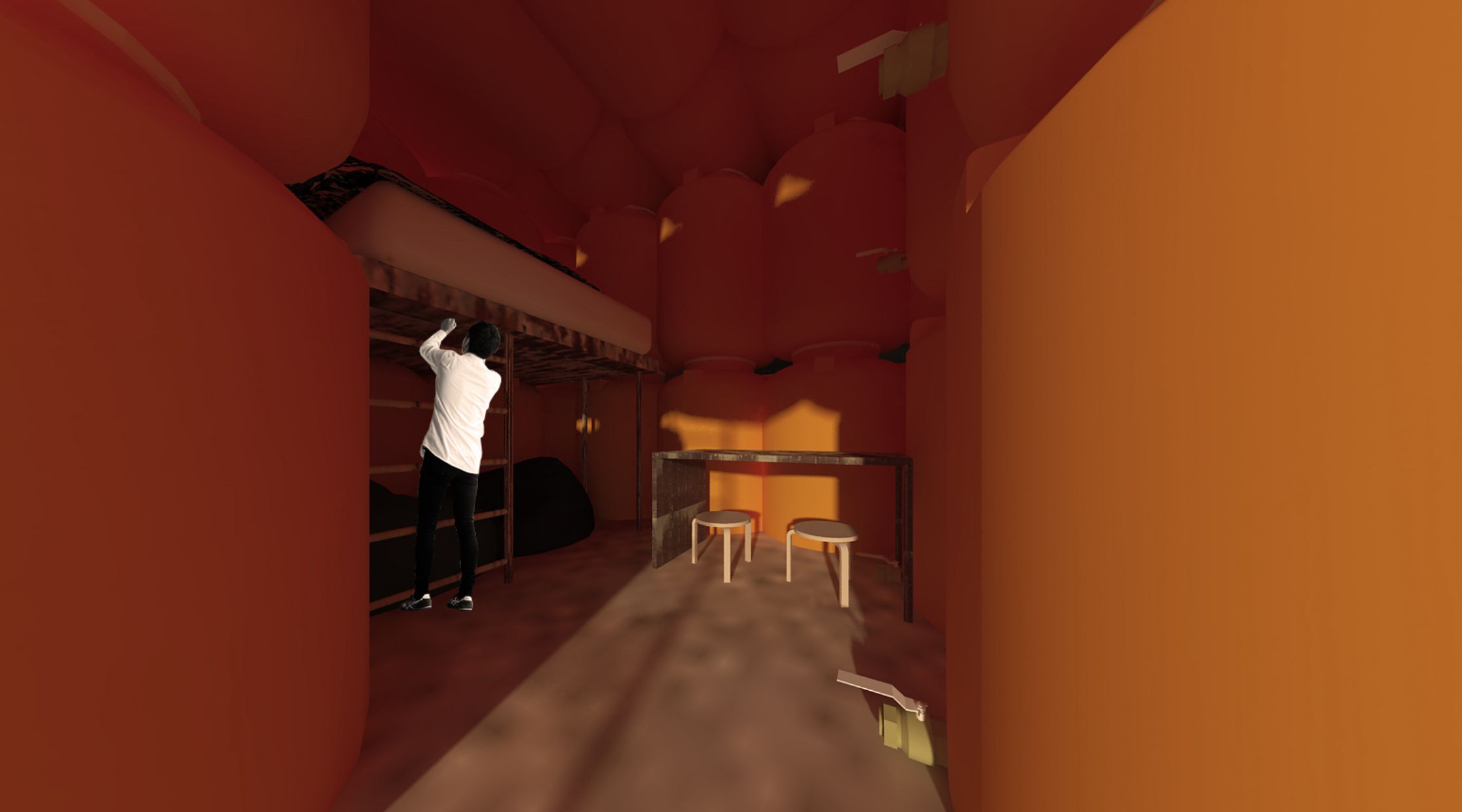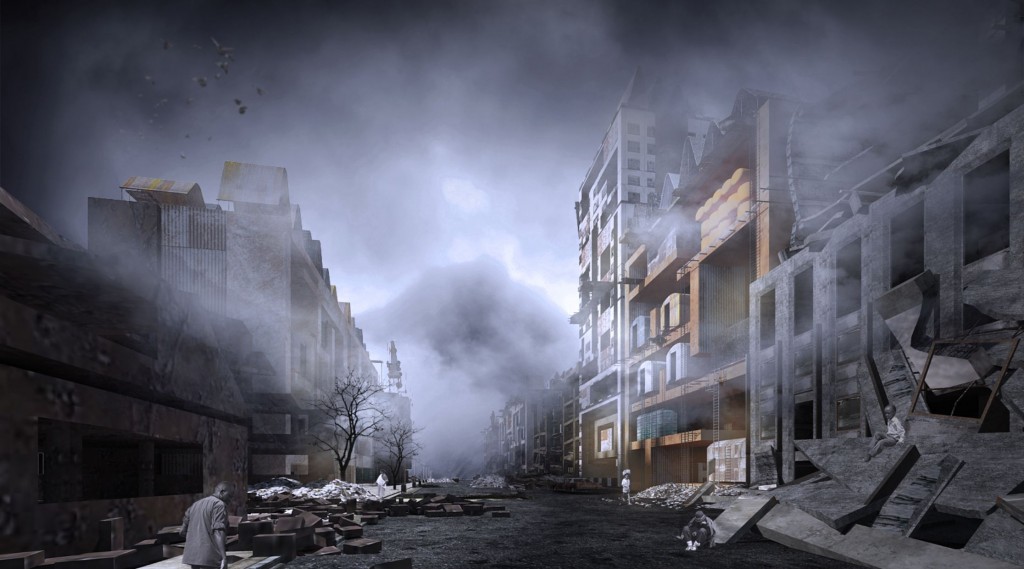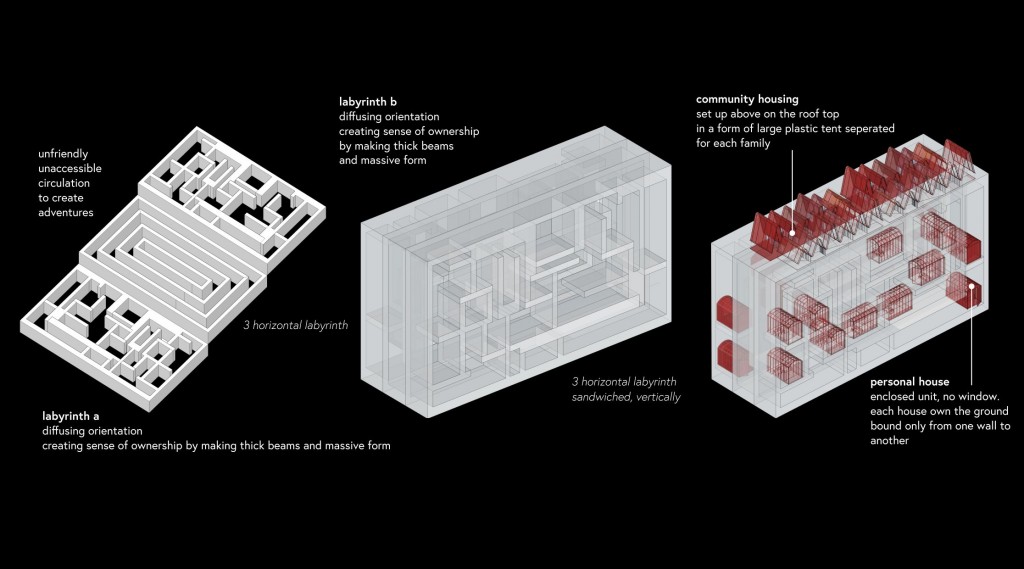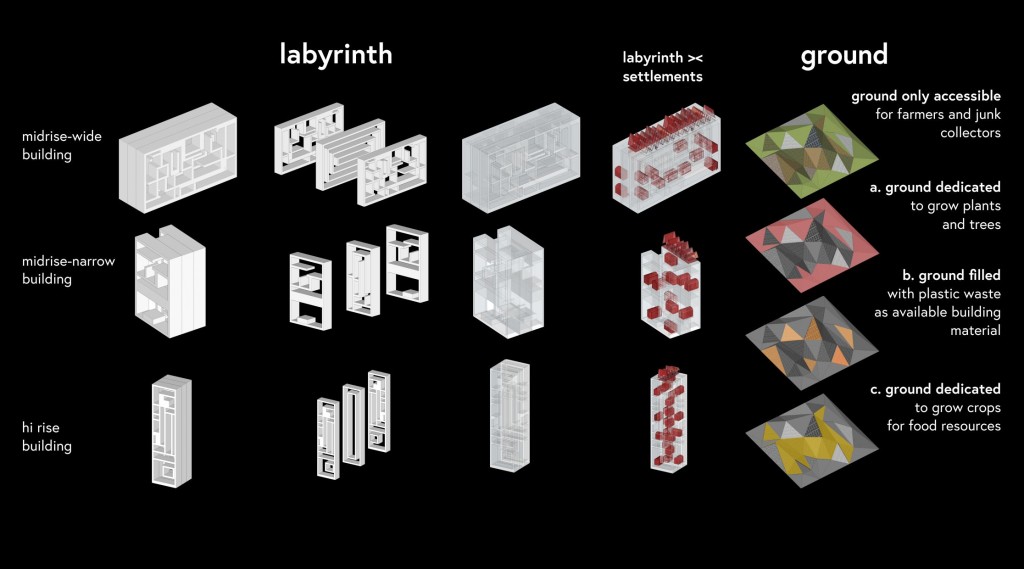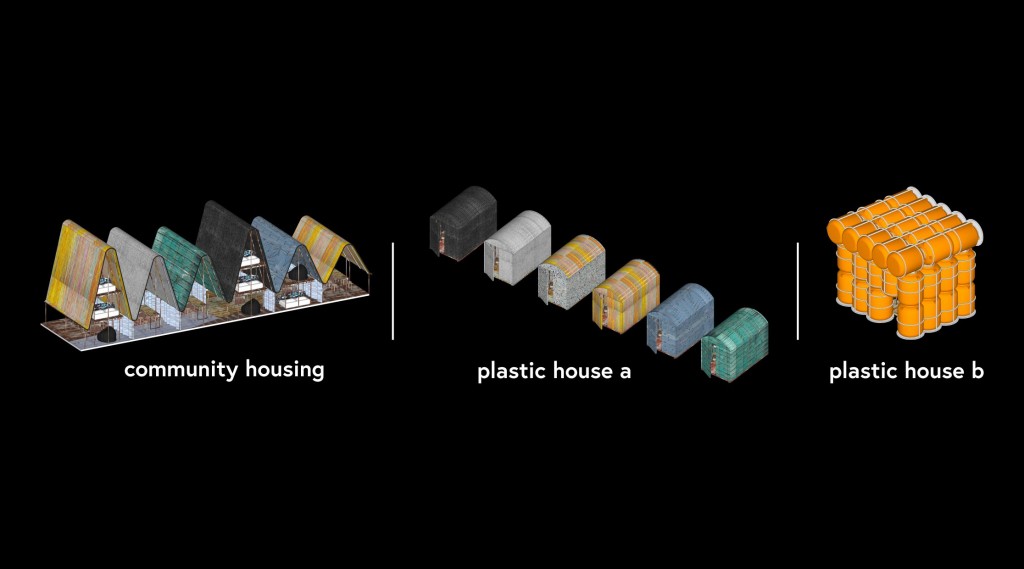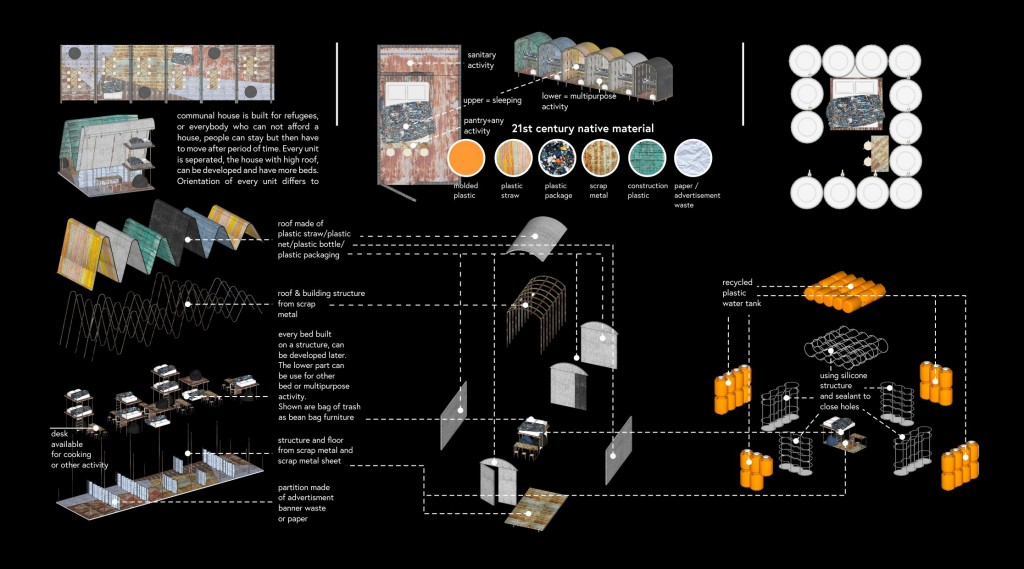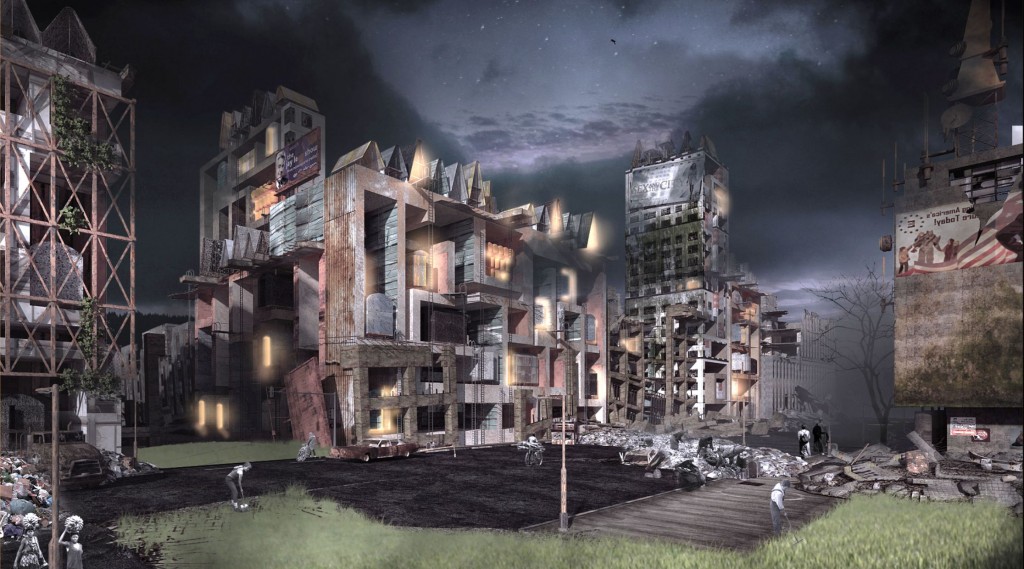Barbie World | Fragmented Dystopian Vernacular
Architect
- Videshiiya
Location
Ubiquitous Settlements
Area
- -
Status
Proposal
Year
2018
Designers
- Stephanus Theodorus Suhendra
- Gilang Rizki Fauzi Putra
I’m a barbie girl live in barbie world, life in plastic, it’s fantastic…
-AQUA
Abstract.
Some scientists said that human’s nature to destruction should’ve stopped years ago, thus the end of world has now become inevitable. Lewis Mumford pessimistically argue that current urban living and infrastructure are inhumane and heading towards abomination.
The city is never ending paradox, its potential of guaranting better quality of live always brings its ability to destroy the nature with it.
Yet, our civilization thrives in the city.
With 54% of the world’s population decided to live in the city, our tradition and environment has changed, this means our collective primal landscape has also changed, consolidating our sense of place.
With this being said. It is safe to update our nativity, thus recreating the brand new vernacular.
Instead of traditional architecture, we should represent 21st century “qualities”; destruction of natural resources and the rise of artificial/cheaper material: plastic, our ignorance and fragmented society, and human’s ability to survive and inhabit anykind of space.
Context.
In the present, our vernacular architecture defined by our tradition and cultural background. Traditions is so strong that even after the arrival of modernism, architecture is still being redefined (if not renewed) by these parameters. Regionalism, Critical Regionalism are among those theories trying to find balance between these parameters and modernism.
Nevertheless, the development of industry through industrial revolution has brought architecture and urban living into another level and dimension. As Industry dictates every aspect and material we need to bring architecture to life, modernism dictum: form follows function is a new dawn of utilitarian space. Modernism is enriching architecture but at the same time open its potential as the worshiper of industry. As Information and technology evolves and possessed our daily life, alienate our society from one to another, the fragmented society is now a reality. Fragmented society has become our nature and in 100 years from now will become our cultural ideology.
This is our context and root to dystopian vernacular: Fragmented society designed by modernism and forged by era of technology and information. This is our reality.
Becoming Void
In the Greek mythology, Daedalus created the labyrinth to keep the monster: minotaur to escape.
Fragmented society dictates such space to appear not to keep people from going outside, but to keep people from other people.
Everyone is more comfortable to live inside their own property, land ownership becomes extremely important, and since the dawn of information technology, people prefer to stay and work from their house and communicate instantly through smartphones. This is has become our native 21st century culture; The dawn of dystopian vernacular is here.
These are the symptoms of the Labyrinth, the void, where interaction is a crime, no public space, no circulation, people created their own access and utility, no intersection where people accidentally meet, no interaction. No order, only freedom of expression.
the void is where people become fragments instead of one – fix species
the void is where people live and die alone
where paradox of free space, sheltered and manifested.
Plastic Settlements
We encounter plastic everywhere, whether on land or in the sea (Marine researchers from University of Georgia found that there are 12,7 Million Metric Ton plastic contaminating our sea in 2010). We use them as anykind of containers, we experienced it through things we carry as small as smartphones, and through what we eat or drinks such as plasticware, drinking straw, and sometimes, we devour em too! (25% of fish in Indonesia and United States were found to have plastics in their guts, In other case: two Belgian researchers concluded in 2014 that the average European seafood consumer could be eating 11,000 microplastics every year.)
No wonder, plastic’s durability is legendary, designed to last foverer.
It has become part of our lives and consumption as if a masive invisible dome, it surrounds us.
The Construction of Barbie World
Barbie world is an architecture discourse in a dystopian future, a pessimistic and satirical one where we live as extremely fragmented species, when plastic becomes the only material we can develop architecture with.
defining the spectrum of design within ugliness instead of beauty.
The Barbie world where dualism getting worse, architecture then can be displaced (if not reduced) into small fragments? Art Installation? Experienced as spreading parasites like an infectious organism, refflecting the origins and nature of its material and society.


